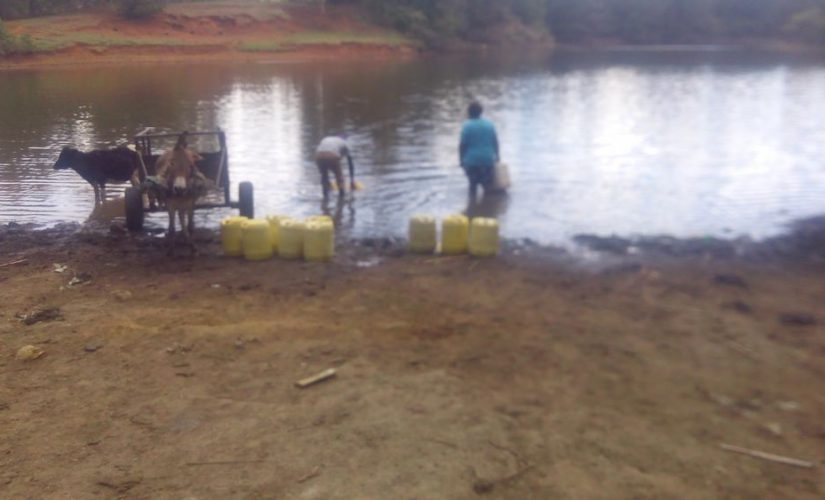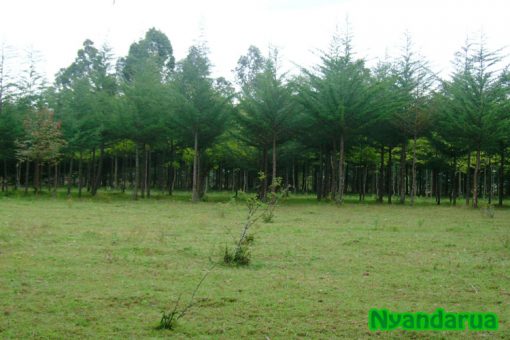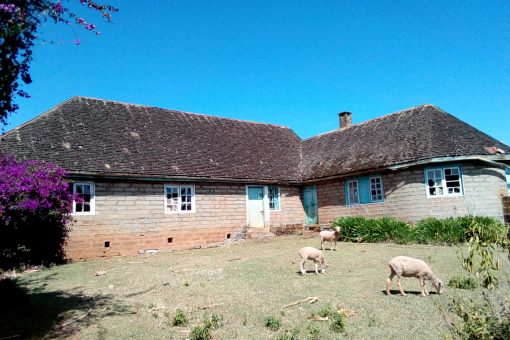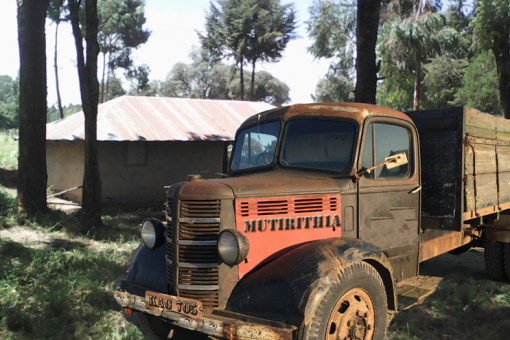Nyandarua, with its heavy rains almost throughout the year, and a very high underground water table, it is unthinkable how much its residents have suffered lack of water during the dry season. In my Settlement Scheme, there was a huge man made dam constructed by the British colonist who owned the area before independence. The dam filled to capacity and overflowed during the rainy season creating a huge seasonal river that cut through the farms in its path.
Come January, those seasonal rivers dried up and the dam shrank considerably, but thank God, it never dried up. People and livestock from far and wide in the Settlement Scheme depended on this dam. Women went early in the morning to fetch water with 20 liter jerricans, while men used donkey drawn carts that carried numerous jerricans at a time, making their trip worthwhile. The water was calm and somewhat clear at that hour of the morning because livestock had not come to water yet. To reach the water, you had to walk into the dam, knee high or even thigh high.
Same case with the animals. They walked into the water in order to drink. As the water receded, it left the banks muddy making it a treacherous few steps to reach the water and back out. Human beings navigated those few steps gingerly but animals had a difficult time. The livestock were already weakened by lack of vegetation to feed on. They also traveled long distances to reach this lifesaving dam. With majority of farms spanning hundreds of acres, every fifth farm away from the dam translated to a distance of five kilometers or more. After walking such distances in blistering, dehydrating heat; the starving, thirsty animals reached the dam, their weakened legs sinking into the muddy shores, with no strength left to pull themselves out. Majority of farmers brought sisal ropes on each trip, ready to pull their animals out should they need rescuing from the muddy shores. That was a daily occurrence since the same weakened animals made return watering trips every day until rains came end of March or beginning of April.
Unfortunately this situation persists to this very day, in this 21st century. If you paid a visit to the dam in the months of January to March, you will find a new generation of farmers doing exactly what their parents and grandparents had to deal with decades ago; the unavoidable, back breaking task of pulling their weakened cows from those same muddy shores. It is very unfortunate as it is heartbreaking.




